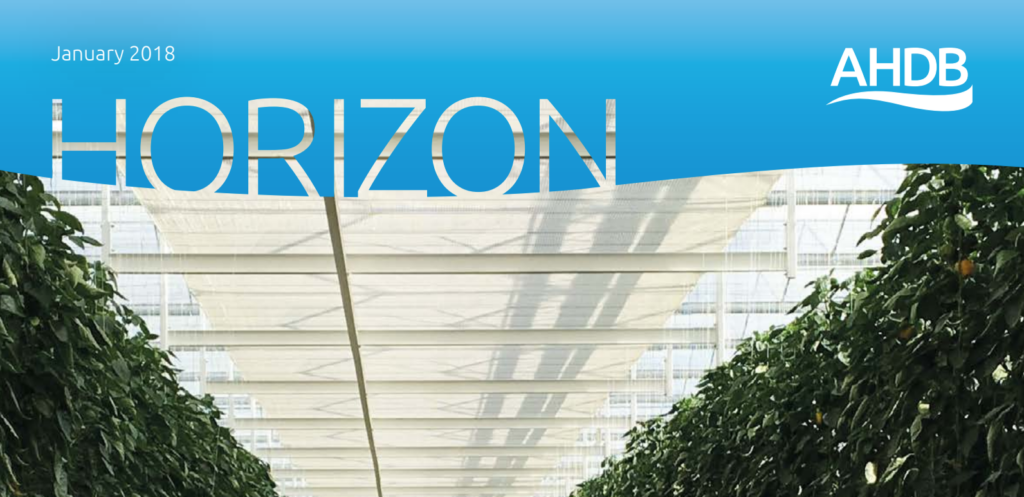A revolution in agricultural productivity will be needed if we are to capitalise on Brexit, continue to feed ourselves as a nation, and protect the environment, according to AHDB.
In its latest Horizon report, due to be published this afternoon at an Oxford Farming Conference fringe event, the levy body warns that Britain is falling significantly behind major competitor countries in the rate of growth in productivity. Competitors like the USA and the Netherlands are growing agricultural productivity three times faster than we are domestically, the report, Driving productivity growth together, states.
A yawning productivity gap – worth over £4.3bn in lost GDP between 2000 and 2013 alone – has opened up, as a result of the country failing to keep pace.
The report calls for industry to seize the opportunity of the Government’s new industrial strategy and forge a new partnership to drive what AHDB calls ‘a dramatic acceleration’ in productivity growth.
The AHDB sets out a five-point action plan, which has at its core increased industry collaboration and partnership to drive lasting change:
- a nationally coordinated strategy for research and innovation that favours near-market programmes that will unleash productivity gains in the immediate term
- a new, What Works centre for agriculture and horticulture that will act as a beacon for evidence-based change on farm
- a mandate for AHDB to co-ordinate Knowledge Exchange programmes ensuring consistent, joined-up and sustained delivery of best practice across all sectors
- a new, national skills framework for farmers and growers, with career-long professional development
- a boost for farmer-to-farmer learning and stretch targets for the uptake of benchmarking and farm management skills
The report’s author, AHDB Chief Strategy Office Tom Hind, said: “If key stakeholders are willing to join forces across industry, academia and training providers, in the context of the Government’s new industrial strategy, together we can drive a real change in productivity growth.
“Productivity growth is of critical importance for two fundamental reasons. Firstly, productivity plays a significant part in our industry’s overall competitiveness, which is critical if we want to operate in increasingly globalised markets. This matters both because we want our industry to seize market opportunities at home and abroad and we want the industry to become less dependent on direct support as we move away from the Common Agricultural Policy.
“Secondly, productivity is also a key driver in overcoming the environmental challenges we face. Productivity and environmental responsibility go hand in hand.
“The UK has some of the most productive, dynamic and inspirational farming and growing businesses in the world. Yet, as a whole, our industry’s rate of productivity has grown more slowly than in some of our major competitors.”
Here’s an interview with Mr Hind in which he explains the thinking behind the report.
UK pigs
The UK pig sector has lagged behind most of our main competitors when it comes to productivity. Figures published by InterPig, which compares data across 17 major pig producing countries, showed the number of pigs weaned/sow/year in GB increased by a modest 2% in 2016 to 24.83. The indoor figure was 26.2, fractionally up on 2015, and the outdoor figure 22.8.
But even the indoor figure was below the overall EU InterPIG average, which increased by 2% to 27.53. Denmark achieved 32, followed by Belgium (30.1), the Netherlands (29.9) and Germany (29.1). The UK indoor figure is tenth on the InterPIG list, while only Canada (23.2) and Italy (24.3) fall below our overall average. The US averages 25.7.
The main reason behind GB’s relatively low figure is the number of pigs born alive per litter, which, at 12.5 (indoor sows 13, outdoor sows 11.7), is well below the EU average of 13.8




